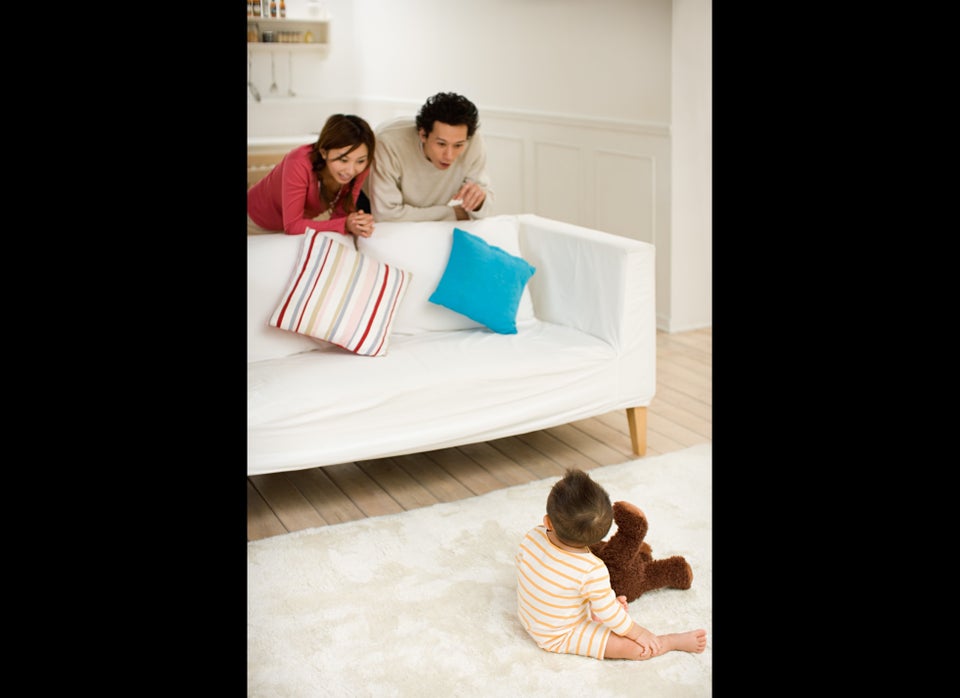
The next time your child leaves a big ol' mess while eating on his or her high chair, don't despair.
According to a new study out of the University of Iowa, kids who smoosh, smash and even throw their food are actually learning as they play with their meals. The study also suggests that these messy eaters may be better and faster learners in the long run.
Published this week in the journal Developmental Science, the study looked at how a group of 72 toddlers learned to identify nonsolid objects like oatmeal, applesauce and milk. The researchers found that the children who, quite literally, got their hands dirty playing and messing with each substance tended to learn words associated with these goopy items more quickly than those who didn't.
As the study points out, previous research has shown that toddlers can identify solid objects, like cup and apple, more readily due to their unchanging size and shape. Mushy, gooey and liquid substances, on the other hand, often prove to be a bit more tricky. (Consider, for example, how much more challenging it might be to identify a substance like soup, which looks similar to milk or glue and can form a puddle on the ground or take the shape of a bowl.)
To test how toddlers learn the names of nonsolid substances, the team of researchers at the University of Iowa introduced 14 items, including pudding, jelly, juice and applesauce, to a group of 16-month-olds.
[The researchers] presented the items and gave them made-up words, such as “dax” or “kiv.” A minute later, they asked the children to identify the same food in different sizes or shapes. The task required the youngsters to go beyond relying simply on shape and size and to explore what the substances were made of to make the correct identification and word choice.
In the end, the children who interacted most with the foods by poking, throwing, feeling or eating them were most likely to correctly name and identify them by their texture, researchers said.
Sitting in a high chair also appeared to help the learning process. Kids who were placed in high chairs tended to learn the substances better than those who sat at a table.
“It turns out that being in a high chair makes it more likely you’ll get messy, because kids know they can get messy there,” said UI associate professor Larissa Samuelson, who oversaw the study.
Researchers said that the study shows how context and behavior are both important factors in the acquisition of a child's early vocabulary. This sort of early learning, they added, may be linked to improved cognitive development later in the child's life.
"When young children messily eat and explore food at each meal, they are learning both about individual foods and also about nonsolid substances more generally," the researchers concluded in their paper. "Children may be doing more than just making a mess in the moment: they are forever changing their attentional biases and the way they will learn over development."
